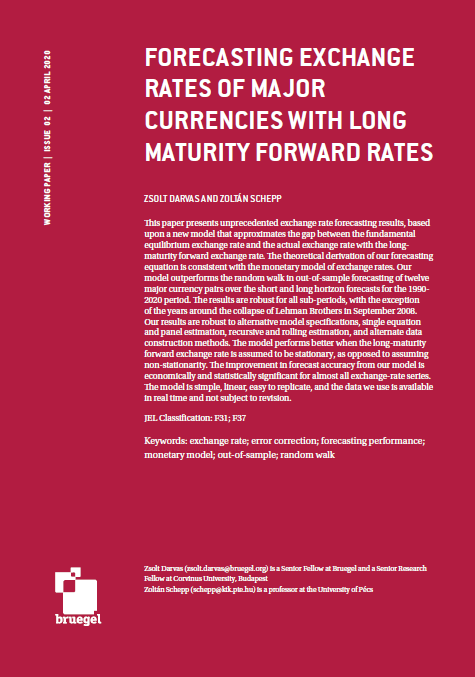Working Paper

Forecasting exchange rates of major currencies with long maturity forward rates
This paper presents unprecedented exchange rate forecasting results based upon a new model which approximates the gap between the fundamental equilibrium exchange rate and the actual exchange rate with the long-maturity forward exchange rate.









